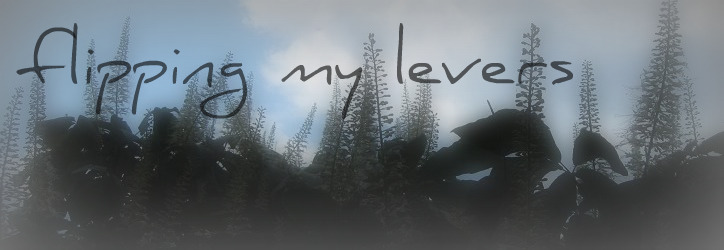Before I go any further, I thought I should give an explanation about the different kinds of harps so you can know what I’m going on about. (If you already know, I apologize. Feel free to scroll on past.)
Basically, there are lever harps (sometimes referred to as Celtic harps) and pedal harps (also called concert harps). Lever harps are more often played by folk or traditional musicians, and pedal harps are usually associated with classical musicians. However, I don’t claim to be an expert and there are exceptions to every rule. For instance: Joanna Newsom, who I talked about in the entry below, is usually categorized as a folk musician… but she plays a pedal harp. In fact, she started out on Celtic harp but has explained in interviews that she couldn’t use it for her songs because it didn’t allow her to change keys easily.So how will you know if you’re looking at a pedal harp or a lever harp? Well, for one thing, the pedal harp is going to be bigger. If you’re standing in front of it and it seems to be towering over you in an intimidating fashion, chances are you’re standing in front of a pedal harp. Chances are even greater if said harp happens to be in the middle of an orchestra pit. On the other hand, if you’re sitting in the middle of a session at an Irish pub, the thing you’re looking at is more likely to be a lever harp. Lever harps also tend to be quite a bit smaller—I’m about five feet tall and mine reaches just to my shoulder when I stand next to it.
These two types differ in range and as well as in size. Pedal harps can cover over six octaves and usually have 46 or 47 strings, while lever harps generally range from 34 to 38 strings (though this varies—I’ve seen some with less and some with more) and cover about four octaves. The major difference between these two types, though, is how you change keys. On a lever harp, there are usually sharping levers on each string (hence the name) so you can play either sharps or naturals. If you push the lever upwards, it shortens the sounding length of the string and raises the pitch. So if I want to change my F to an F-sharp in the middle of a song, I have to reach up and flip the lever. (This drives me bonkers when I want to learn a song that has a key change in the middle.) With pedal harps, there are metal discs at the top of the strings which are connected to the pedals. If you press the pedals, the discs can be moved up or down to shorten or lengthen the sounding length to play sharps, naturals, or flats. Obviously, pedal harps are a lot better for changing keys on the fly. So if you’re thinking about taking up harp, think about the kind of music you’ll want to play—it’s something I wish I’d considered a little more carefully when I started.
To add even more confusion, there are also the divisions of acoustic harps, electric harps, and harps capable of creating both sounds. There still seems to be a lot of experimentation going on with the electric versions, although Deborah Henson-Conant is pretty well known for her use of the Camac Electroharp.Pedal players, feel free to jump in and correct me on anything in this post if I've said anything glaringly wrong.


No comments:
Post a Comment